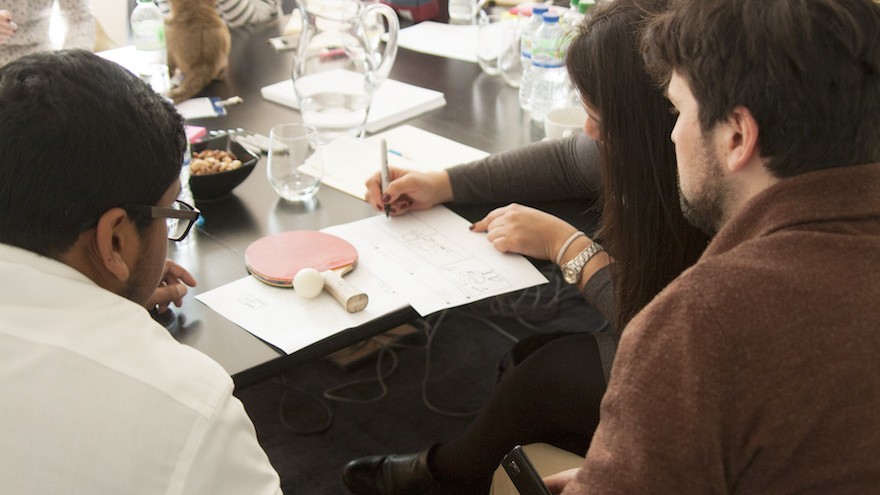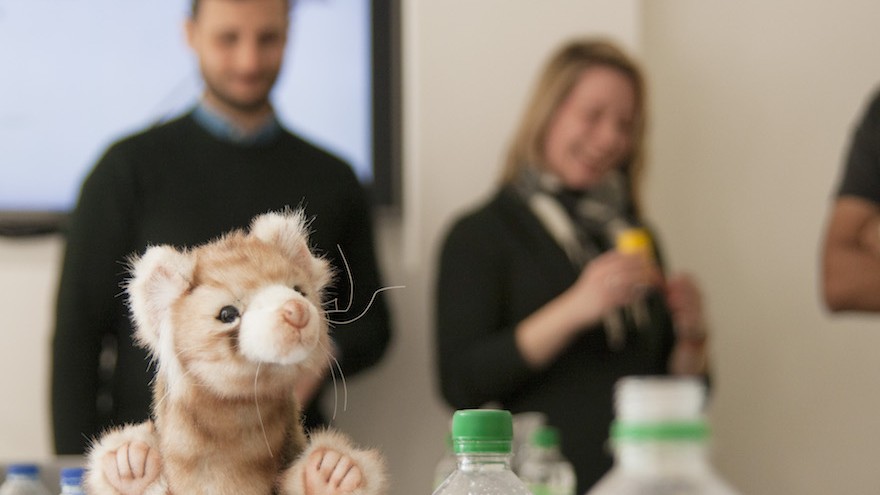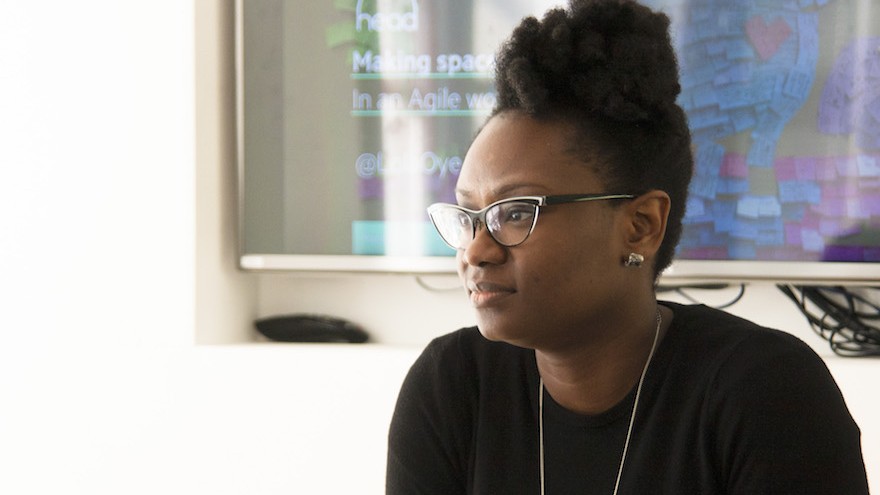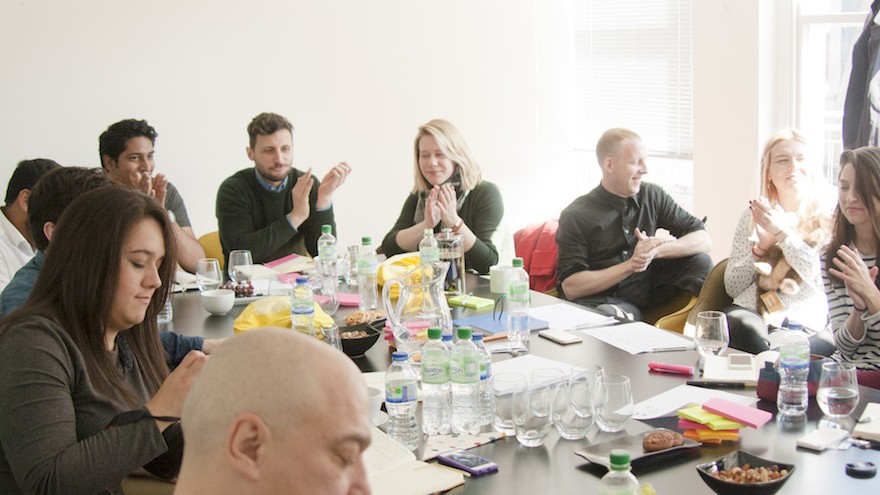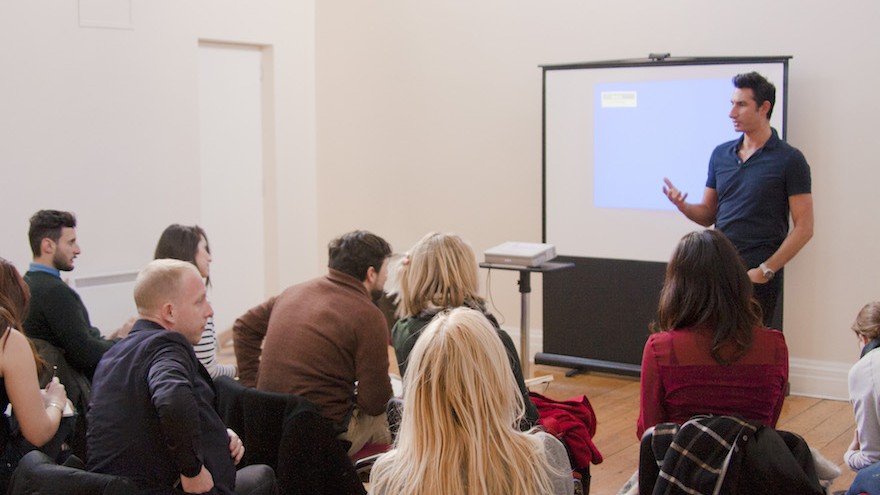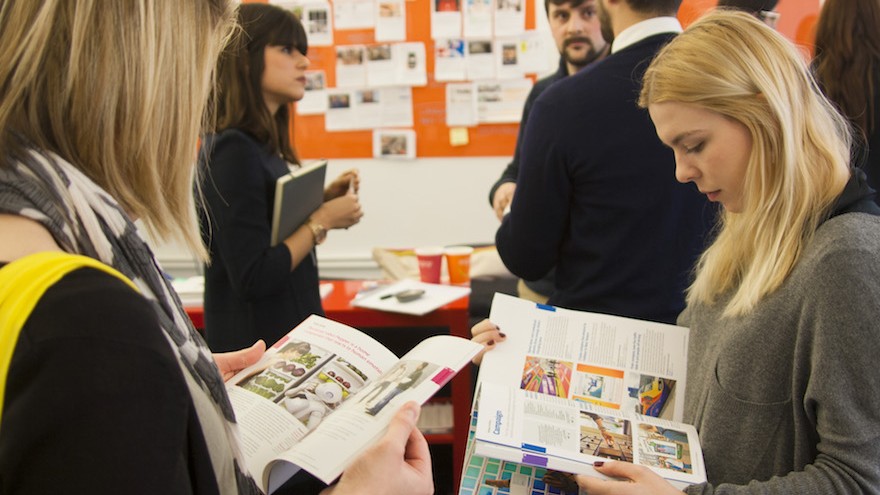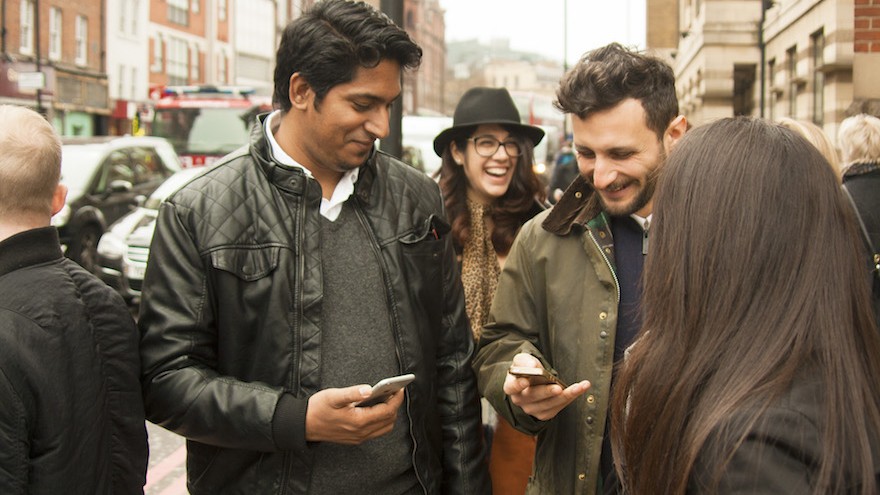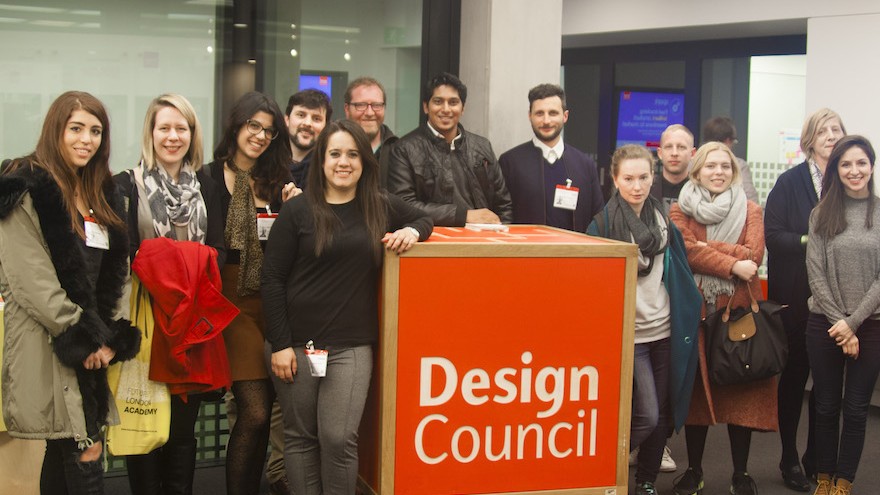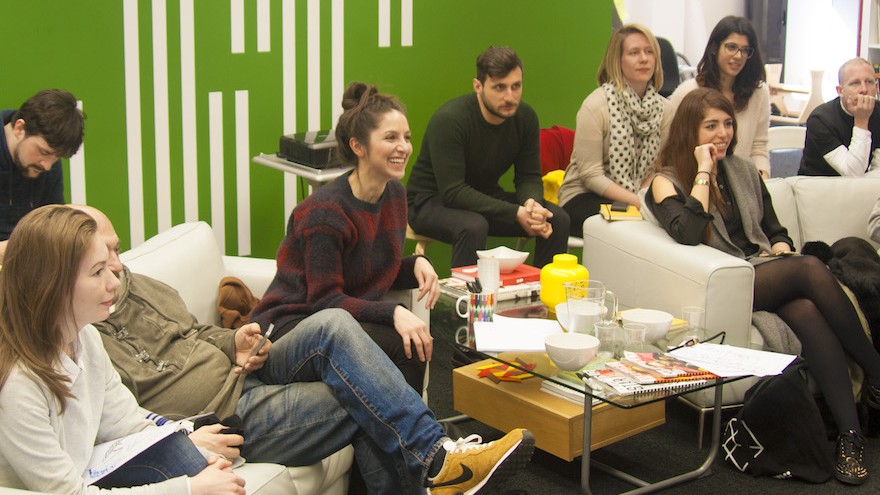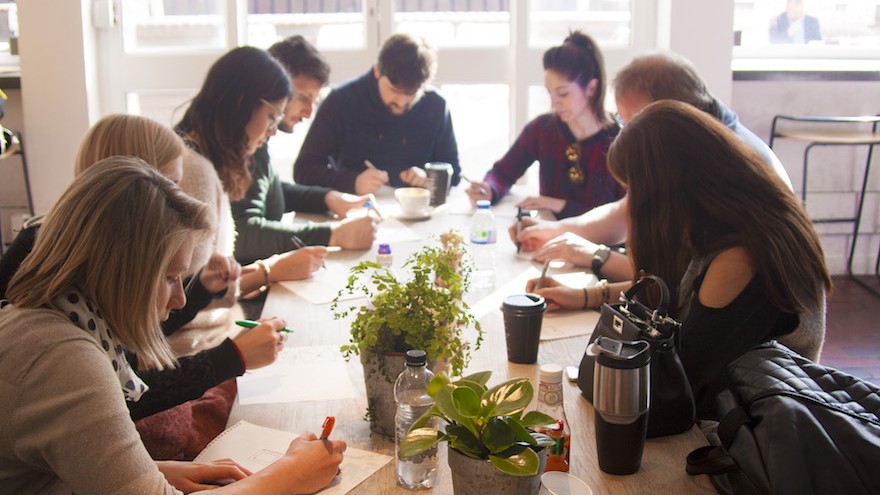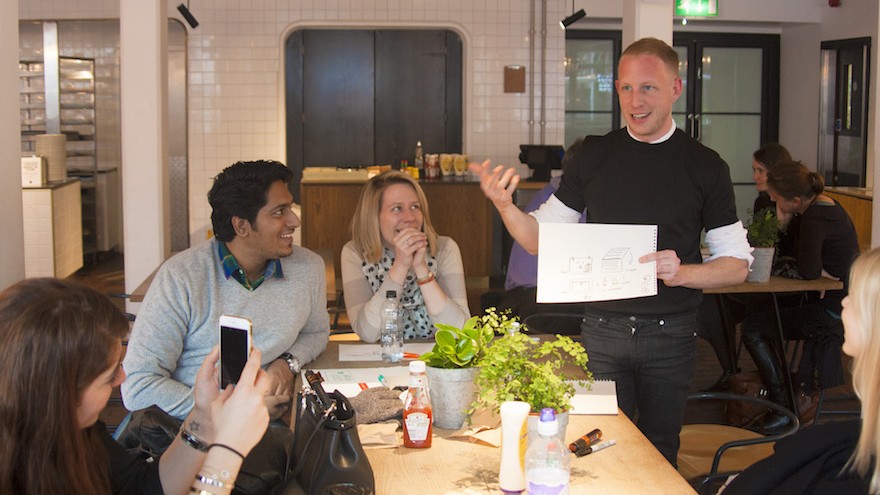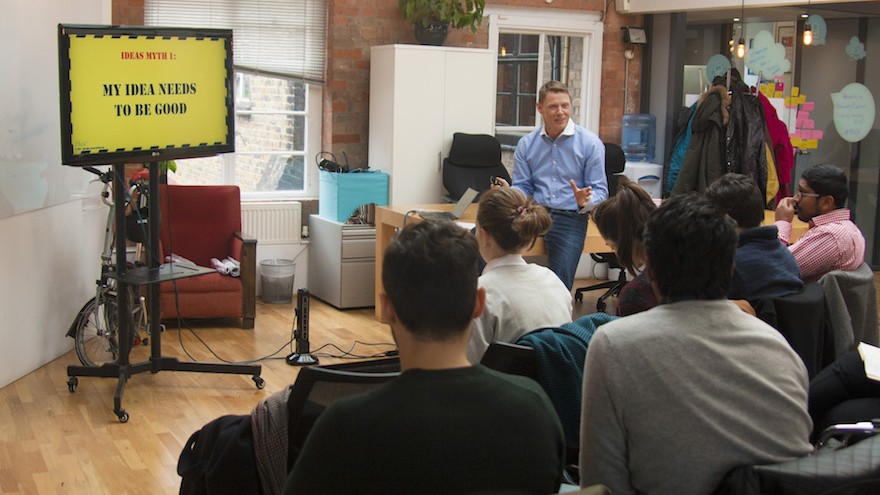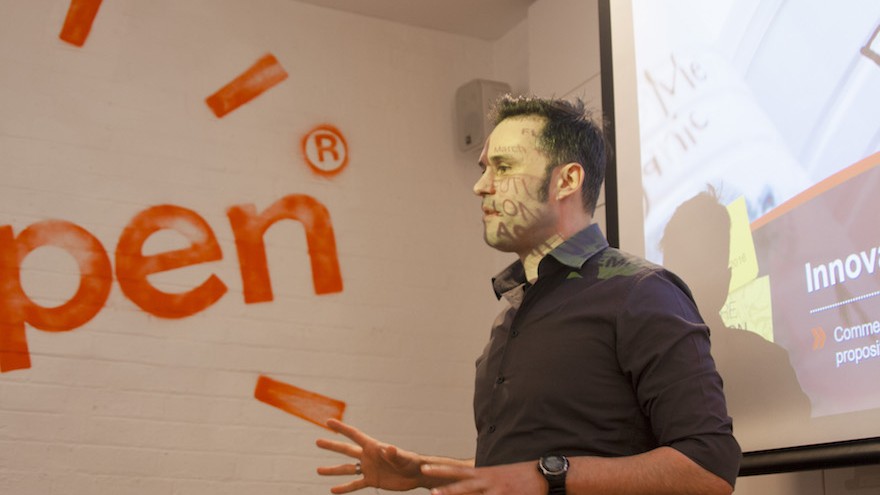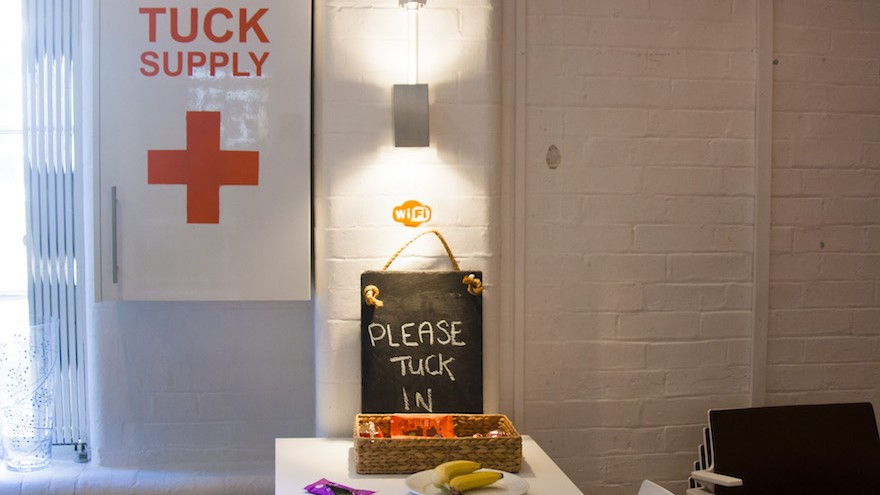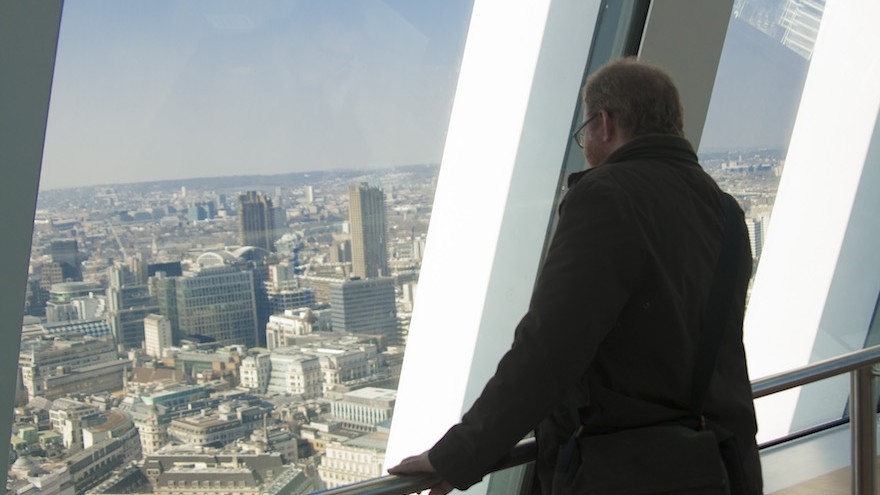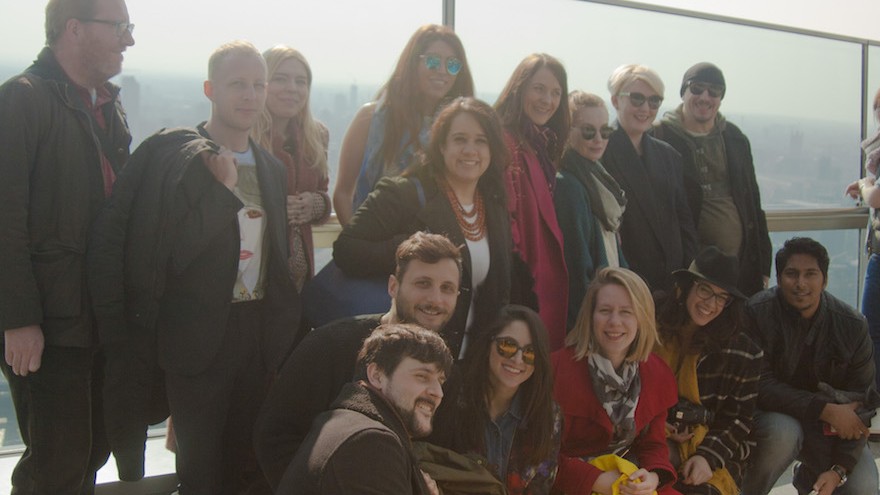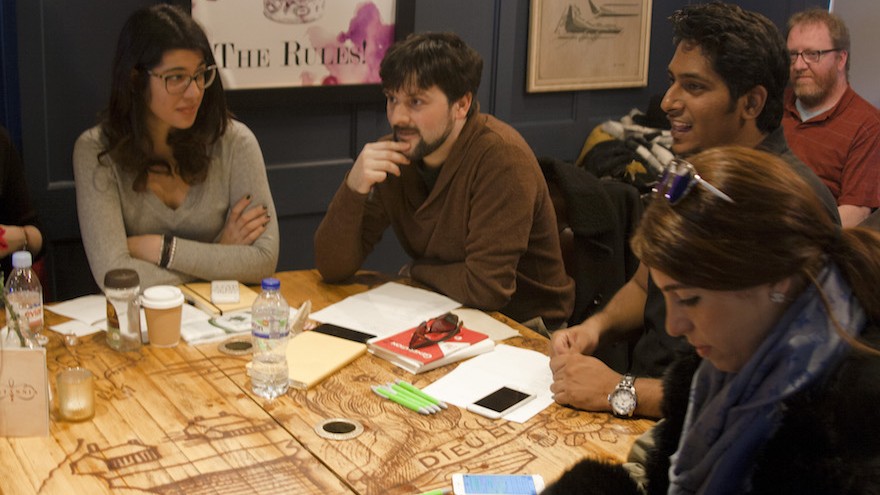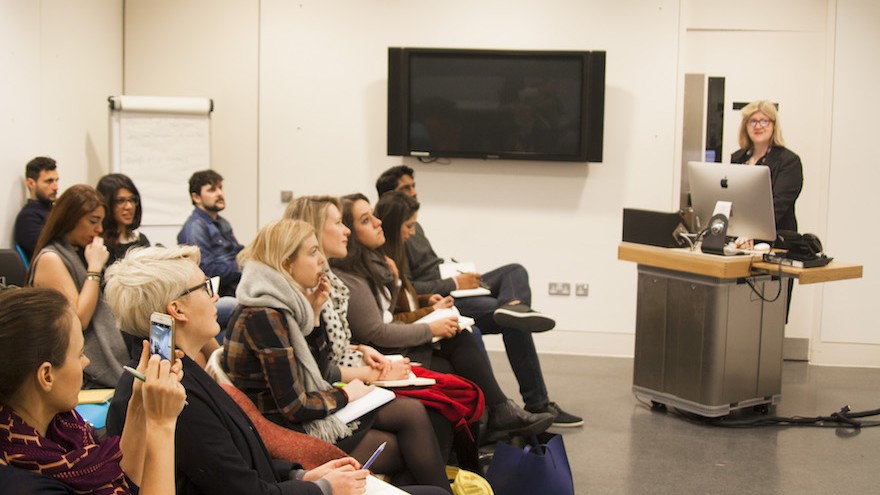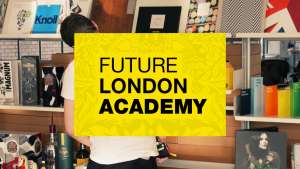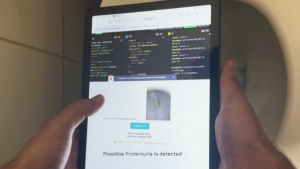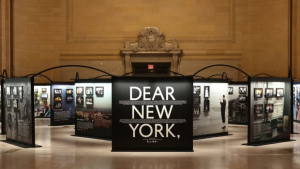From the Series
At Future London Academy (FLA), the mission statement professes "to erase borders between creative communities from different countries – and to inspire people around the world to achieve more every single day". Although no mean feat, Ekaterina Solomeina and Mo Saiful Hussain, founders of FLA and London-based design and advertising professionals, are successfully bringing together design enthusiasts, students and working professionals from across the globe and hosting stimulating week long courses ranging in subject matter from Design Thinking and Innovation to Interior and Experience Design. Consisting of lectures, workshops and agency visits from the likes of Michael Wolff, Pentagram and Dazed and Confused, FLA courses provide the framework for innovative learning, inspiring discussions and beneficial networking in a design-immersive setting.
Design Indaba spoke to FLA to discuss their inspirations behind the course, aspirations for its future and career recommendations for fellow design professionals.
What inspired you to set up Future London Academy?
It has been fascinating seeing how fast the design industry changes and we realised that university education could never be relevant as it’s always at least four years behind. If you are already an established professional, there is absolutely nowhere to study new things – conferences are not enough and short courses are usually too basic. Our goal was to create a place where people can get inspired, learn and connect with other professionals in the industry from around the world.
What makes the Future London Academy Course distinctive from other design-related courses?
It's the only programme we are aware of, where you can learn directly from the source. It's not just lectures from the people in the industry, but they are devised in their design studios and offices, giving our participant even better context. You learn so much by watching how other agencies work and how they organise their space. Our programmes are designed to immerse participants in the creative, commercial and cultural life of London. Participants enjoy exclusive access to top people, agencies and businesses at work [in London] today, learning first-hand how they operate, as well as gaining behind-the-scenes insights into their most successful projects. We believe in practical experiential learning.
How important is it to create links within the design industry?
It's crucial to be connected with the design industry. For designers it's the only way to exceed in their career, learn the latest tools and trends as well as get inspired by design legends. For the agencies it's the way to have a fresh view on what they do, get challenged by agile minds and reflect on the work they've done. Altogether it creates an environment for creativity and innovation.
What do you think makes London such a significant location for design?
[We] like the quote from the New York Times:
Apologies to Milan and Tokyo. Regrets to Stockholm and Paris. Forgive me, Eindhoven, Berlin, Barcelona and, most particularly, New York. But London is the design capital of the world. – New York Times
London attracts creatives from around the world to study, work and explore. This creates a very competitive market where you need to be very good to succeed. This is why quality of design gets higher and higher every year. Plus, having so many different nationalities, cultures and backgrounds working together adds an extra angle that makes design in London so distinctive and strong.
What do you consider the most significant development in the design industry in recent years?
More and more companies and businesses realise the importance of design, not just as a visual element, but as a process of creating innovation. IBM invested 100 million dollars in design thinking and there will be more companies to follow. Technology also pushes the design industry into new territories and gives an opportunity for communication to be interactive, measured and thought through.
What advice would you give to someone who is looking to pursue a career in design or innovation?
You need to be empathic to understand how to create human-centred design. You also need to be inquisitive, notice things around you, constantly learn and don't stop asking questions to grow as a creative professional.
To find out more information about experiential learning and upcoming courses available at Future London Academy, make sure to check out their website.


